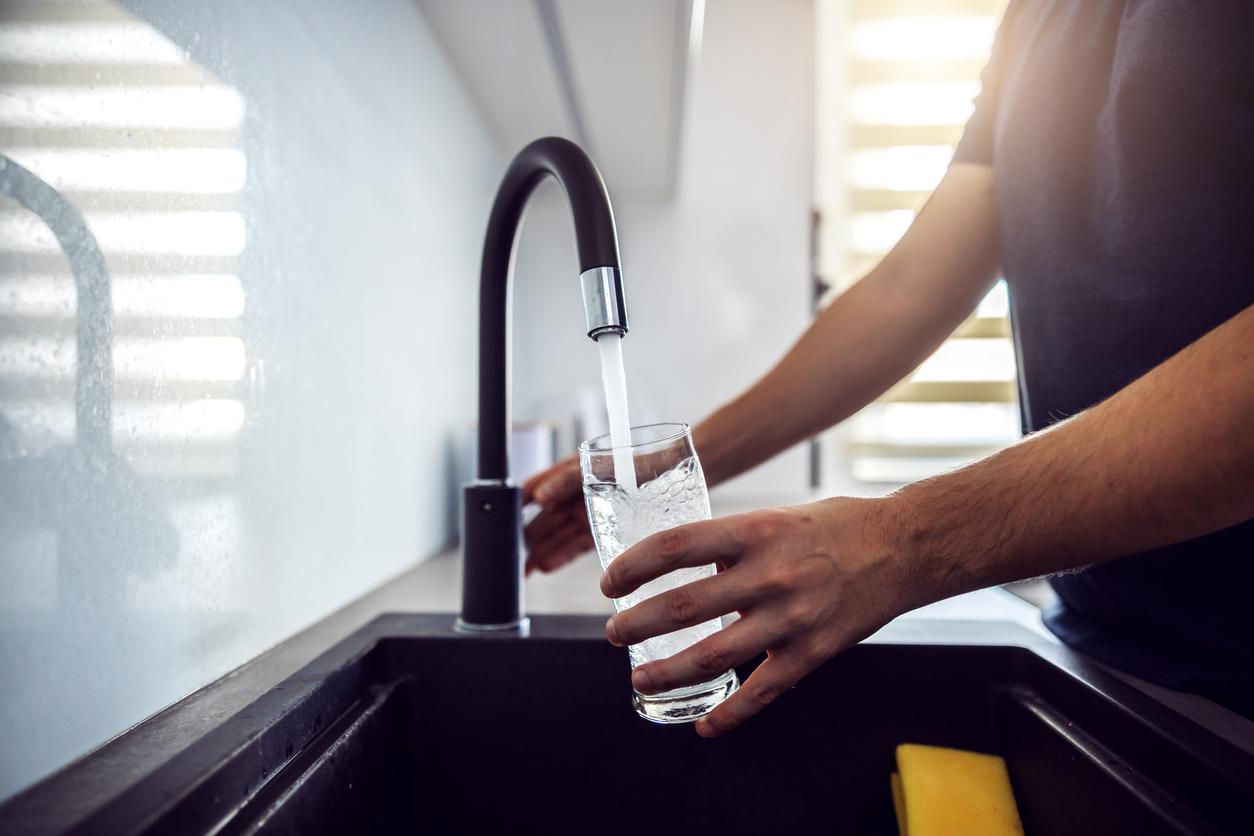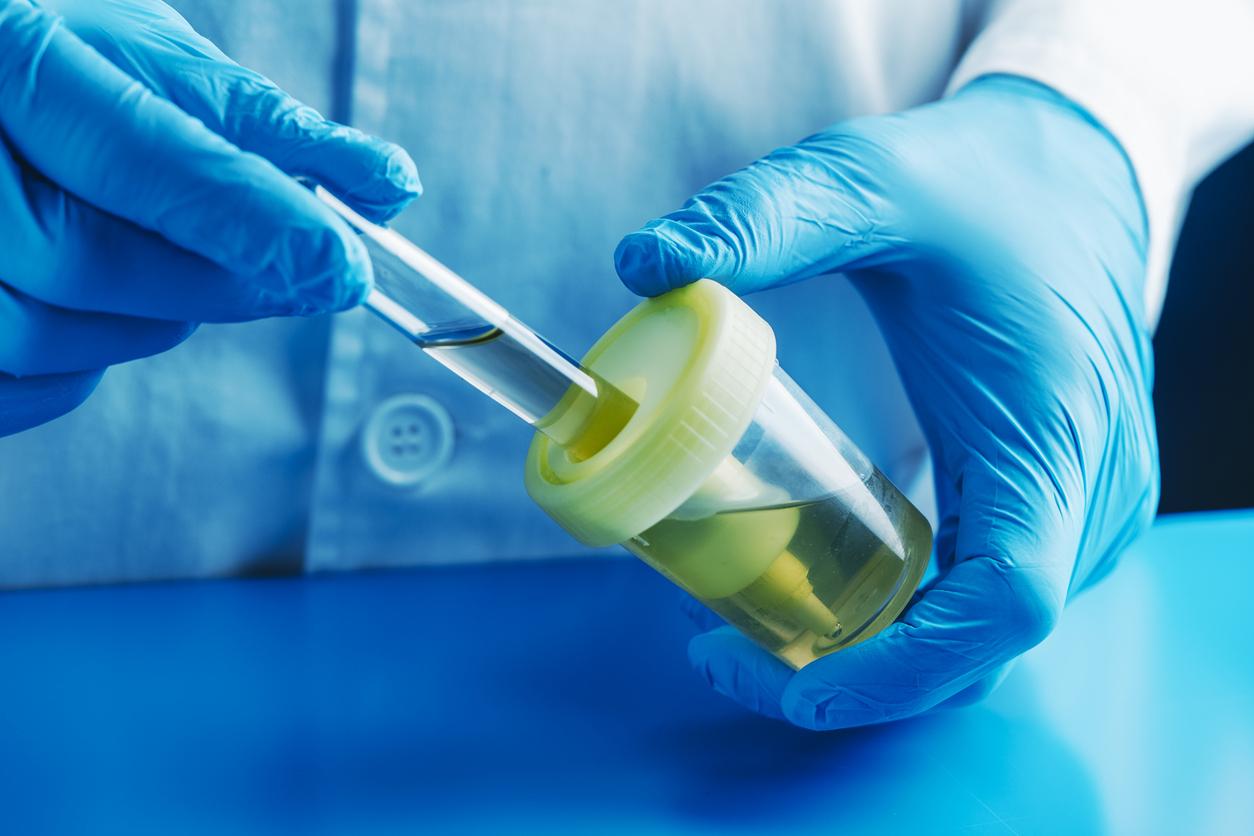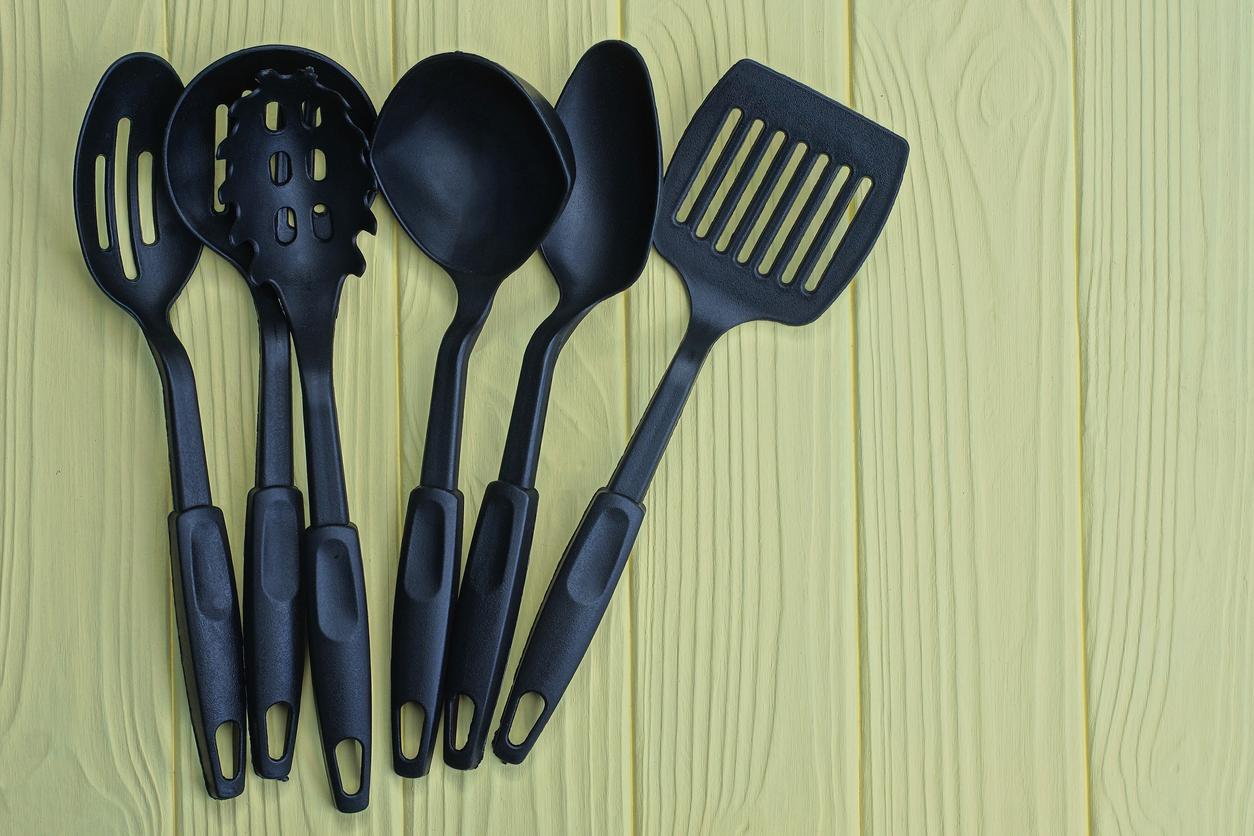Drinking tap water, which has been brought to a boil, reduces the absorption of nanoplastics and microplastics.

- Nano and microplastics, ranging in size from a thousandth of a millimeter to five millimeters, are becoming an ever-present threat to water supplies.
- When researchers boiled samples containing 300 milligrams of CaCO3 per liter of tap water, up to 90 percent of the particles were removed.
- As the temperature of tap water increased, calcium carbonate (CaCO3) formed crystal structures, which encapsulated the microplastics.
Want to drink a glass of tap water without worrying about ingesting microplastics? You should boil it first. This is what researchers from Guangzhou Medical University (China) suggested in work published in the journal Environmental Science & Technology Letters. As a preamble, they recalled that nanoplastics and microplastics, whose size varies from a thousandth of a millimeter to five millimeters, are present everywhere: in water, soil and air. Although their impact on human health is still being studied, their ingestion could affect the intestinal microbiota. Current strategies to filter them often involve sophisticated and expensive systems, but simple, inexpensive methods are needed to limit human exposure to these small particles.
Boiling mineral-rich water results in limescale formation
As part of their study, Chinese scientists conducted an experiment to see if boiling could be an effective method for removing nanoplastics and microplastics from tap water. “This is an ancient tradition in some Asian countries that is believed to be beneficial for health.” For their research, the team took samples of tap water in Guangzhou and added varying amounts of plastic. Then she boiled the water for five minutes before letting it cool. Boiling mineral-rich water naturally results in the formation of a chalky substance, called limestone, or calcium carbonate (CaCO3). Secondly, the authors measured the content of floating plastic.
Boiling tap water eliminates almost 90% of microplastics
According to the results, as the water temperature increased, CaCO3 formed crystalline structures, which encapsulated the plastic particles. Over time, these accumulate like limescale. Researchers say that you just need to rub them to get rid of the small particles. They suggest removing remaining crystal structures floating in the water by passing it through a simple filter, such as a coffee filter. According to the team, the encapsulation effect was most pronounced in a sample containing 300 milligrams of CaCO3 per liter of water. In detail, up to 90% of nanoplastics and microplastics were removed after boiling. However, even in samples containing less than 60 milligrams of CaCO3 per liter, boiling removed about 25% of the particles.
















